Brool brool (n.) : a low roar; a deep murmur or humming
Online Traffic School
I’m digging this online traffic safety stuff.
I’m taking a traffic safety course in order to get rid of my horribly unjust ticket, and I decided to do it online. It rocks, at least in terms of getting-me-through-quickly, as opposed to making-me-learn-something. I whipped through the entire course in about two hours, the proctored exam takes an hour, so for three hours of effort you end up removing a point from your record — really, how can you beat it?
But, the people who do this test must be a little strange. They wander from assuming the audience are raving idiots:
Question: What is the first thing you do after an accident?
Answer: Stop.
… to assuming they’re brilliant physics majors…
Question: It takes 100 feet for a car travelling 35mph to stop. How many feet will it take a car travelling 50mph? Possible answers are 100, 150, 200, 250
Answer: 200 feet. (You see, it’s not a linear relationship with speed)
There are some segments in the test that make you wonder what the hell they think they’re trying to say:
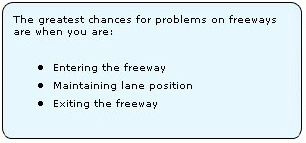
…so the safe thing to do on a freeway is to change lanes all the time? Never get on it? What message do they think they’re communicating?
Drama, People
Since I can put a reasonably grammatical sentence together after a couple of false starts, I arrogantly believe that I can improve on other people’s stories. But, really, they could spice up their curriculum and make it more educational. For example, listen to the sad story of Mary:
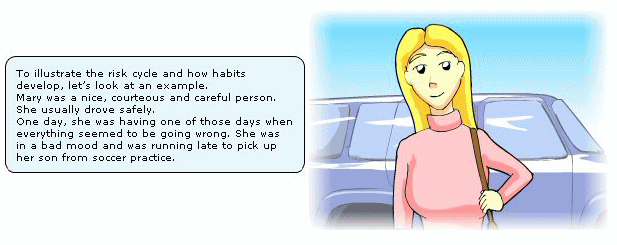
We can see the story arc, no?
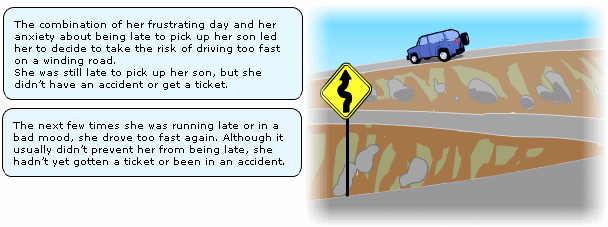
And, finally…
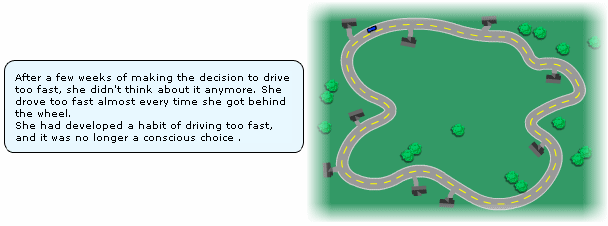
Huh? We were building up to this classically tragic tale, and instead it’s entirely anticlimactic: in her hubris, Mary had decided that she was immortal, had made bad driving choices, and the gods decided to punish her by… giving her a bad habit? Now, the story would have been much more memorable with:
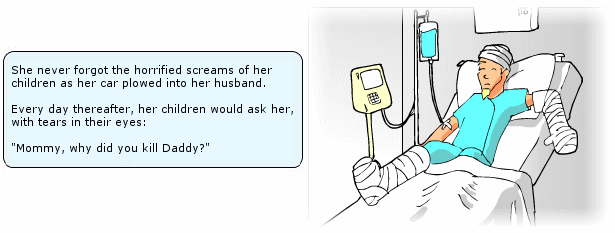
Now, that’s a lesson that will be remembered.
Discussion
Comments are moderated whenever I remember that I have a blog.